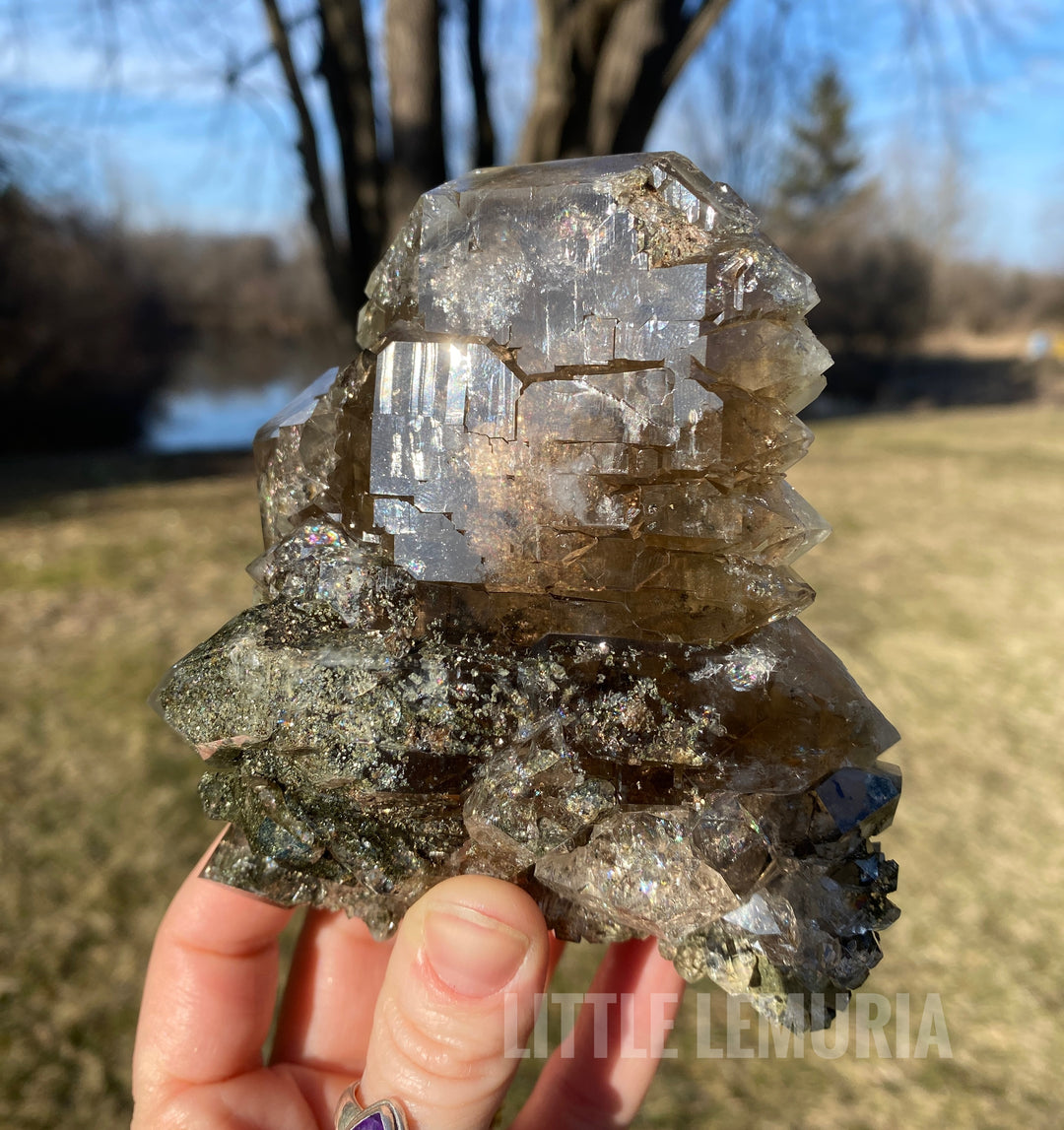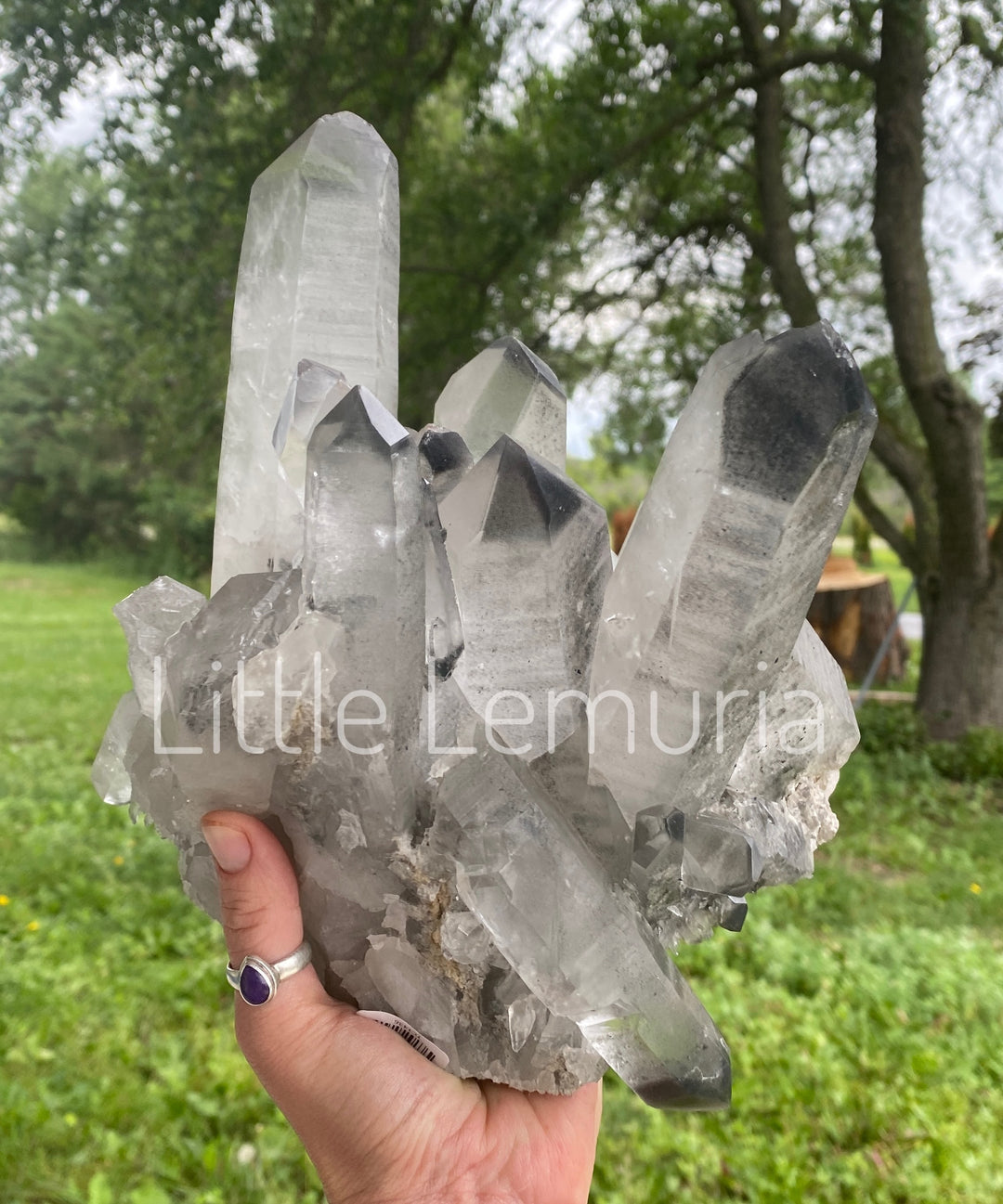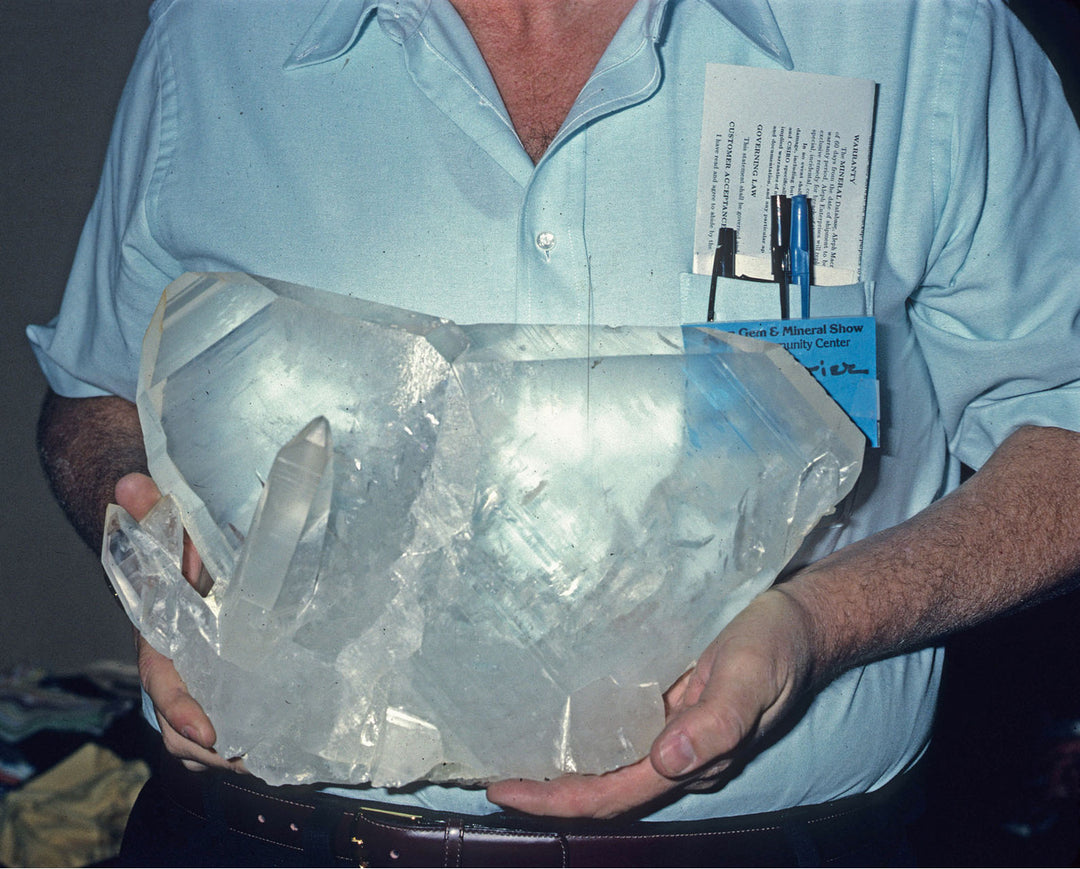What the Shungite?
Shungite! Sounds more like a word that would elicit a “god bless you” rather than the name of a rock. Or is it a rock? Shungite is a mysterious form of carbon found primarily in one location, The Republic of Karelia, Russia. Some would say it isn’t much to look at, but the true beauty of Shungite lies beneath the surface in its molecular structure. There is a lot of ground to cover for this topic, so let’s dive right in.
Unlike many of the New Age healing stones of today, Shungite’s healing history can be traced back to the early 18th century. Peter the Great, ruler of the Russian empire and cultural revolutionist, provided Shungite to his army and instructed them to keep a piece in their canteens at all time. During the Battle of Poltova there was a widespread outbreak of dysentery that lead to Russia’s victory over the Swedish Army. It was the purifying and antibacterial properties of Shungite, now backed by modern scientific research, that kept the Russian army healthy and hydrated with potable water during the outbreak.

The reason Shungite has become a buzz word amongst holistic healers and health conscious consumers is because its healing properties are scientifically based. There are 3 notable grades of Shungite. The highest grade, known as Elite Noble Shungite, makes up less than 1% of the Shungite bounty. This high grade Shungite contains 98% or more carbon and has a high luster silvery finish. Many will testify that this is the only Shungite that should be used to purify water and that its benefits are far greater than that of lower grades.

The richest deposit of Shungite was discovered in the Zazhoginskoe field both around and underneath Lake Onega. The development of this field began in the 1990s and some of the finest Elite Shungite has come from this deposit. There are 4 main deposits in North Russia, one of which has been mined out. Another of these deposits is estimated to contain a reserve of over 250 gigatonnes of carbon.
Is Shungite a crystal or mineral? It’s neither. Shungite is an amorphous carbon mineraloid. Amorphous means it lacks the long-range order that is required to be a crystal. Not all carbon is created equal, though. Shungite contains a rare form called Carbon 60. Graphite and diamond, in contrast, are common crystalline forms of carbon.

Carbon 60 molecules, also known as Buckminsterfullerenes, were first discovered by Sir Harry Kroto, Richard Smalley, and Bob Curl in 1985. During one of their experiments meant to categorize unidentified interstellar matter, they stumbled upon the formula for creating a carbon molecule with 32 faces (20 hexagons and 12 pentagons). The molecule was named after architect Richard Buckminster Fuller who was known for his geodesic dome building design. In 1996 this group of scientists were awarded the Nobel Prize for their work with this molecule. It wasn’t until 1992 that geochemist Peter R. Buseck and mineralogist Semeon J. Tsipursky, tested a sample of Shungite and discovered the fullerene existed in nature.

“Buckyballs”, as they have been nicknamed, are an extremely stable structure, they are in fact the most durable molecule in existence. They can encase any element on the periodic table without being affected and have been dubbed a “Free-Radical Sponge” by medical researchers. Based on documented research of isolated fullerenes, it is reasonable to assume that when Elite Shungite is placed in water the hydrated fullerenes will neutralize the active radicals. In addition, “the antioxidant activity of hydrated fullerenes exceeds the effect of other known antioxidants, such as vitamins E and C, carotenoids, flavonoids, ionol, etc. by 100–1000 times” according to the Institute of Physiologically Active Compounds, so the consumer can expect an antioxidant affect on the water as well.

Most metaphysical and healing crystal websites will claim that the origins of Shungite are unknown. Many of these websites cite the material as 2 billion years old and formed from a fallen meteorite, planetoid, or other unidentified matter from space. Other sources say that “scientists”, for whom they give no citation for, hypothesize it was formed from microscopic organisms in an ancient ocean. While these stories paint a lovely mystical picture, the origins of Shungite aren’t as extraterrestrial as enthusiasts are led to believe. The peer reviewed scientific journal Geology Ore Reviews clearly states its true origins “shungite-bearing rocks were accumulated within a volcanic continental rift setting, in a non-euxinic, brackish-water, lagoonal environment developed on the rifted margin of the Archaean craton. The occurrences of shungite-bearing rocks represent a combination of a petrified oil field, petrified organosiliceous diapirs and oil spills.”

In conclusion, it is a scientific fact that fullerenes found in Shungite can absorb electromagnetic radiation. It is also true that Shungite can remove organic and in-organic substances, heavy metals, and pathogenic bacteria in contaminated water. Furthermore, the fullerenes in Shungite have a powerful antioxidant affect when consumed. I am relieved to know the health benefits of Shungite are based in science, but despite all the research there is still an element of this fascinating mineraloid that will always remain a mystery.
Works Cited
Possible Mechanisms of Fullerene C60 Antioxidant Action
A. Chistyakov, Yu. O. Smirnova, E. V. Prazdnova, A. V. Soldatov
Biomed Res Int. 2013; 2013: 821498. Published online 2013 Oct 8.
DOI: 10.1155/2013/821498
PMCID: PMC3816026
The applications of Buckminsterfullerene C60 and derivatives in orthopaedic research
Qihai Liu, Quanjun Cui, Xudong Joshua Li, Li Jin
Connect Tissue Res. Author manuscript; available in PMC 2014 Aug 7.
Published in final edited form as: Connect Tissue Res. 2014 Apr; 55(2): 71–79. Published online 2014 Jan 24.
DOI: 10.3109/03008207.2013.877894
PMCID: PMC4124742
Mechanisms of Microwave Absorption in Carbon Compounds from Shungite
S.Emelyanov, A. Kuzmenko, V. Rodionov, M. Dobromyslov
Journal of Nano and Electronic Physics Vol. 5 No 4, 04023(3pp)(2013)
"A giant Palaeoproterozoic deposit of shungite in NW Russia: genesis and practical applications"
Melezhik, V.A.; Filippov M.M.; Romashkin A.E. (2004). Ore Geology Reviews. Elsevier. 24 (1–2): 135–154.
DOI:10.1016/j.oregeorev.2003.08.003.
Retrieved 3 July 2012.
FULLERENES IN NATURE: C60 and C70 found in ancient Russian rock
RON DAGANI
Chem. Eng. News, 1992, 70 (28), p 6
DOI: 10.1021/cen-v070n028.p006
Publication Date: July 13, 1992






